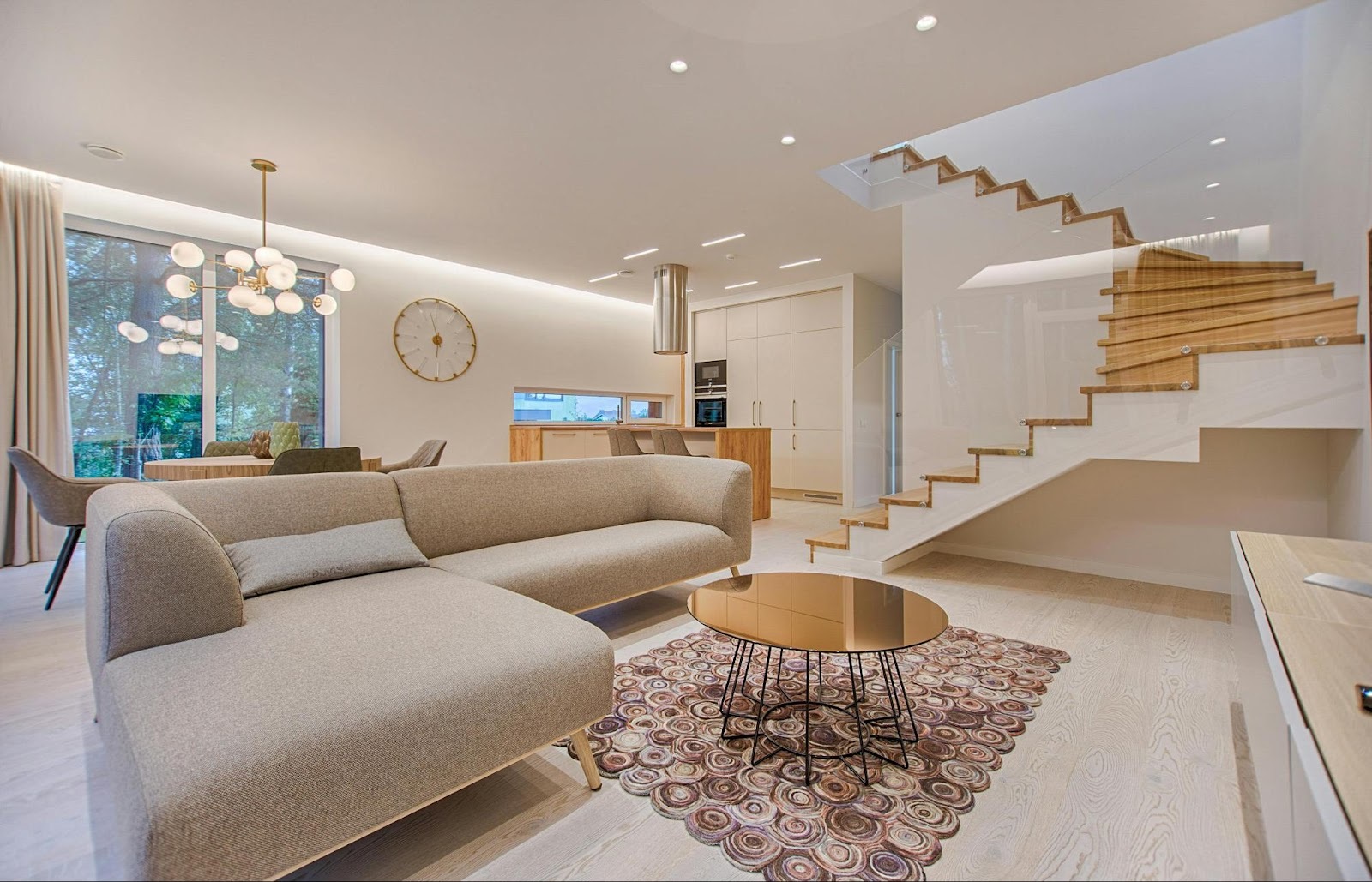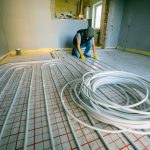
Renovating a home can feel like a daunting task, especially when you’re working with a limited budget. But that’s where I found myself last year, staring down the long list of things I wanted to achieve without breaking the bank. It was time to get serious about budgeting, and to be honest, I was ready to prove that it could be done without making significant compromises on my vision for our home.
The Blueprint of My Renovation Plan
When weighing up renovation options, it was important for me to prioritize my projects. I started with the kitchen and bathroom, knowing they were important areas that could greatly benefit from updates. To make this happen, I set out with one simple rule: focus on function and aesthetics simultaneously. This mindset helped me stay grounded on what truly needed upgrading and what I wanted merely on a whim.
Part of refining the kitchen space involved choosing the right countertops. Limited budgets often call for wise choices, and weighing different materials can be vital for both style and durability. Exploring options such as marble, quartz, and granite, I found this insightful guide on which countertop is best, which offered valuable insights into choosing the perfect fit for my kitchen.
Taking Stock and Setting Realistic Goals
The first step to effective budgeting was conducting a thorough inventory of what I already owned. I asked myself, “Can these cabinets be painted instead of replaced? Is the flooring structurally sound?” These questions guarded me against hasty decisions that would lead to unnecessary spending.
Once I had a clear picture of the priorities, I set some firm financial goals. Planning monthly savings ahead of time and sticking to those guidelines was not easy, but the sense of structure made the task less intimidating. I was determined to pursue quality improvements without compromise, and the empowerment from tracking my savings made it all seem within reach.
Reevaluating initial ideas about what the space could become was another aspect of setting realistic goals. It was important to be adaptable and open to evolving ideas without losing sight of the end goal. Regularly reassessing the wants versus needs allowed me to incorporate both contemporary designs and classic elements that remain timeless despite budget constraints.
Finding Alternatives Through Resourcefulness
Staying within budget demanded resourcefulness. Let’s be honest, full-priced items were not in my renovation dictionary. Thus, I turned to thrift shops, second-hand marketplaces, and even social media groups. These resources became my treasure troves, allowing me to discover elegant finds that kept my budget intact.
Another avenue that garnered results was learning simple DIY projects. YouTube became my best friend for acquiring tutorial knowledge, whether it was about reupholstering chairs or laying tiles. Surprisingly, many tasks were more straightforward than I had initially presumed, and they cut down on labor costs considerably.
Repurposing materials and items was another strategy I embraced. I found overlooked gems such as an old ladder transformed into a bookshelf and wine crates turned into a unique coffee table. Creativity played a huge role, breathing new life into items that might otherwise have been dismissed.
Breaking Down Costs, Brick by Brick
Cost management is all about understanding where every dollar goes. Throughout my renovation project, I maintained detailed cost records of each section being renovated. From minor expenditures such as paint rollers to larger ones like new sinks, recording each penny underlined the importance of who controls the budget — me, not the project.
Aside from the finances, I also made sure to factor in the time commitment. Timeliness was imperative if I ever hoped to stay on budget. Constantly assessing whether tasks were progressing according to schedule prevented overbooking myself, protecting both my renovation funds and my sanity.
Being transparent about expenses with anyone involved was paramount. Clear communication with contractors and suppliers helped avoid unexpected costs. Agreeing on fixed pricing wherever possible gave everyone peace of mind and facilitated a smoother, more collaborative experience.
Celebrating the New Space
The most rewarding part of the entire renovation process was when the dust finally settled, and I could step back to admire what had been achieved within my means. No corner had been cut without purpose, and each element of the project reflected personal milestones. I had managed to stay within my budget without feeling like I had given up something big, and that feeling of satisfaction was priceless.
Embarking on a home renovation doesn’t mean compromising on your vision when changing only one thing at a time and staying vigilant about expenses. Keep a balance of creativity and practicality, and you’ll have a beautifully transformed space without the added stress of financial worry.
Building a home is about more than just the physical changes you see. It’s a personal journey steeped in pride, skill, and, most importantly, heart. Relishing the process and making conscientious decisions left a meaningful imprint on both my home and my experience.







